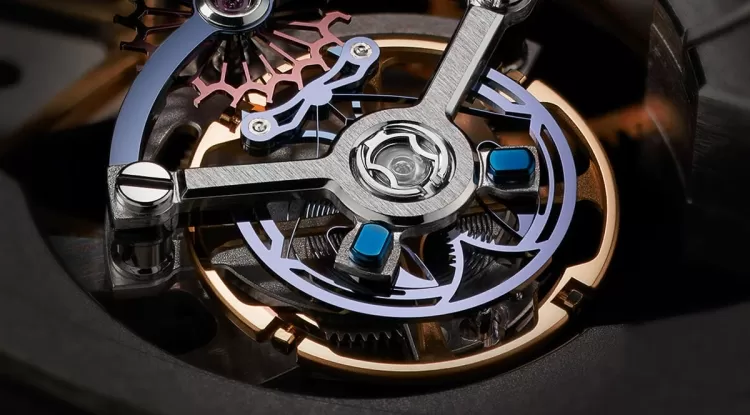Ancient Water Clocks
Discover the history and significance of ancient water clocks, early timekeeping devices used by civilizations like Egypt, Greece, and China to measure time and influence horological advancements.

Water clocks, one of the earliest time-measuring instruments in ancient civilizations, played a crucial role in everything from astronomical observations to daily timekeeping. Alongside sand and sundials, water clocks were fundamental to the concept of time in ancient societies. This article explores the history, mechanics, and cultural significance of water clocks.
Origins of Water Clocks: Where Did They Come From?
Water clocks trace back to ancient Egypt and Mesopotamia as early as the 16th century BCE. One of the oldest known water clocks was used in Egypt, while the Greeks and Romans also widely adopted this technology, referring to it as a clepsydra. Water clocks measured time by the controlled flow of water from one container to another. Egyptians used them in temples to mark religious ceremonies, and the Greeks utilized them for astronomical observations and public events.
Clepsydra: The Earliest Form of the Water Clock
The clepsydra, the most common form of a water clock, relied on a simple mechanism in which water slowly flowed out of a vessel through a small hole at the bottom. The water level indicated the passing time as it gradually dropped to specific marked levels. Advanced versions included symbols or engravings to indicate intervals more precisely, helping to standardize timekeeping across various ancient activities.
How Water Clocks Work: Measuring Time Through Flow
Water clocks operate on
the principle of a steady flow of water. Early versions were typically simple containers filled with water that drained through a small hole at a controlled rate. As the water level fell, it revealed marked intervals inside the container, which represented the passage of time. Later, more advanced designs improved on this basic concept, featuring additional mechanisms for greater accuracy. For example, some designs had floaters attached to a pointer, which rose or fell with the water level, showing the time more visibly on a scale.
In China, during the Han Dynasty (206 BCE – 220 CE), engineers developed highly complex water clocks that incorporated gears and even escapement mechanisms, similar to those found in mechanical clocks. These innovations allowed for more precise time intervals, inspiring future developments in timekeeping technology. The Chinese water clock designs often included multiple tanks and even alarm mechanisms, which made them one of the most sophisticated timekeeping tools of the period.
Cultural Significance of Water Clocks
Water clocks were not just tools for timekeeping; they also held cultural and scientific importance. In Egypt, priests used water clocks to determine specific hours for religious rituals, aligning with astronomical observations. In ancient Greece and Rome, water clocks served judicial and civic functions, such as controlling the duration of speeches in courtrooms or timing public events. By imposing limits on the length of time someone could speak, water clocks symbolized fairness and order in judicial processes.
In China, water clocks were employed in astronomical observatories to track celestial events and were pivotal in creating early calendars. The famous astronomer and engineer Su Song, during the Song Dynasty (960–1279 CE), designed an astronomical clock tower powered by water that mapped the movements of stars and planets, signifying the deep connection between timekeeping and scientific observation.
Legacy and Influence on Modern Timekeeping
The principles behind water clocks influenced the development of mechanical clocks in later centuries. The concept of regulating time with a consistent flow or movement became foundational in horological science. Even as more precise clocks evolved, such as pendulum clocks in the 17th century and later quartz and atomic clocks, the clepsydra remains a symbol of humanity's early ingenuity in measuring time.
Today, replicas of ancient water clocks can be found in museums, showcasing their simple yet effective design that served as a bridge between natural observation and mechanical precision. The study of these timepieces provides valuable insights into the cultures that created them and their understanding of astronomy, engineering, and the importance of structuring daily life.
What's Your Reaction?




















